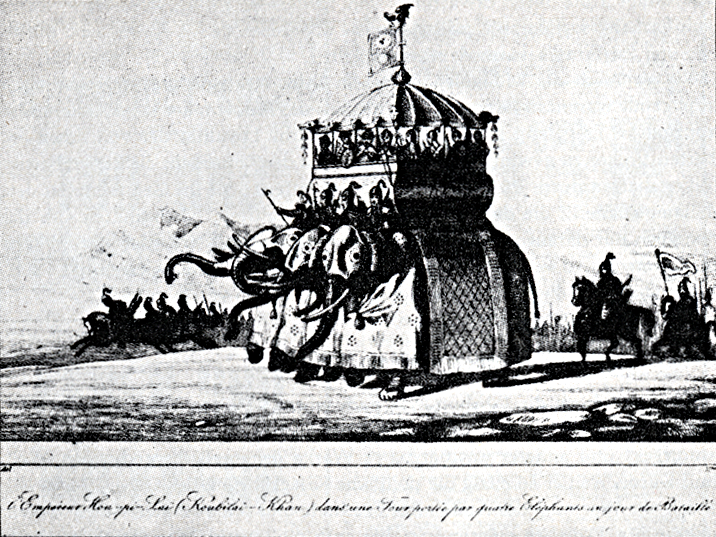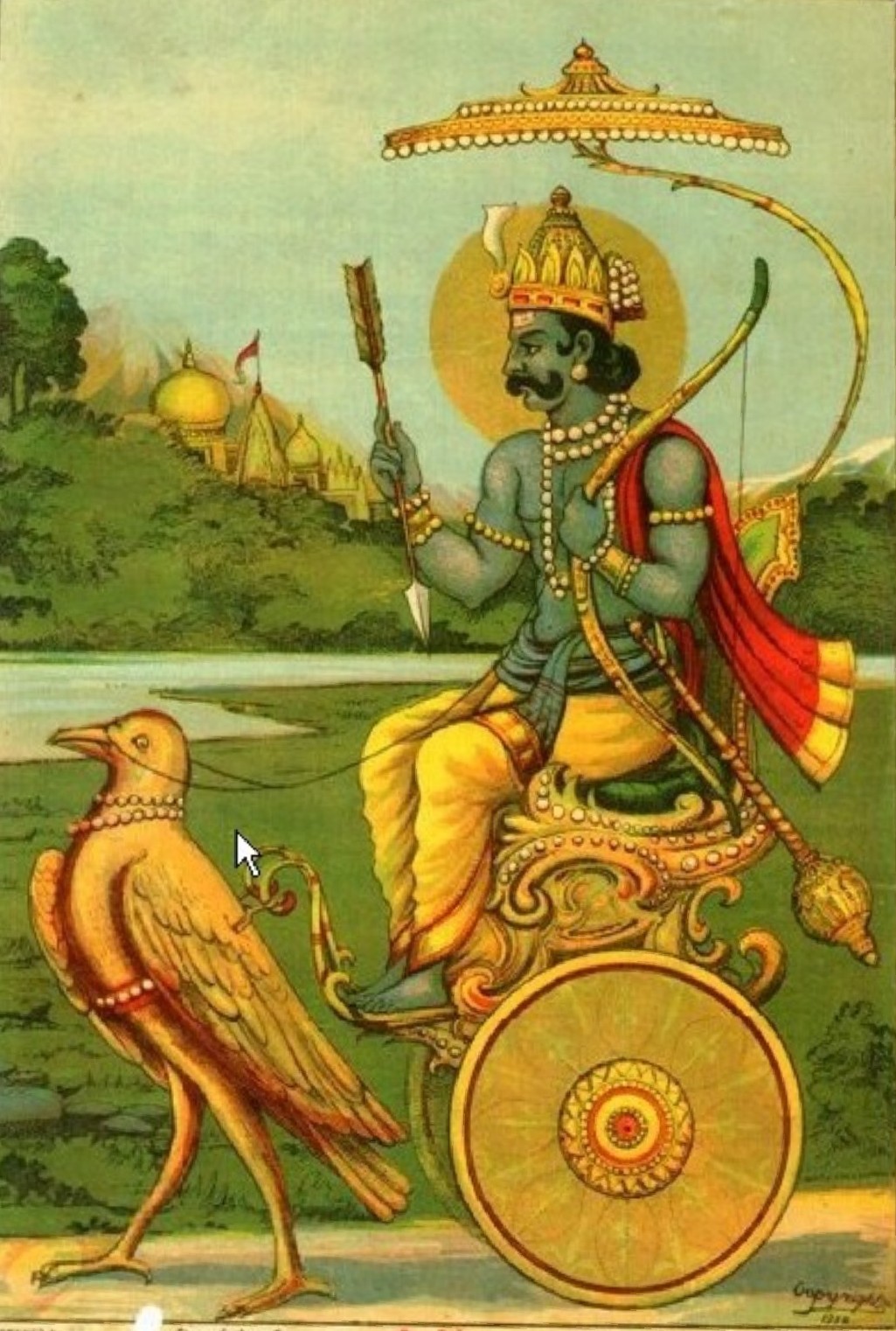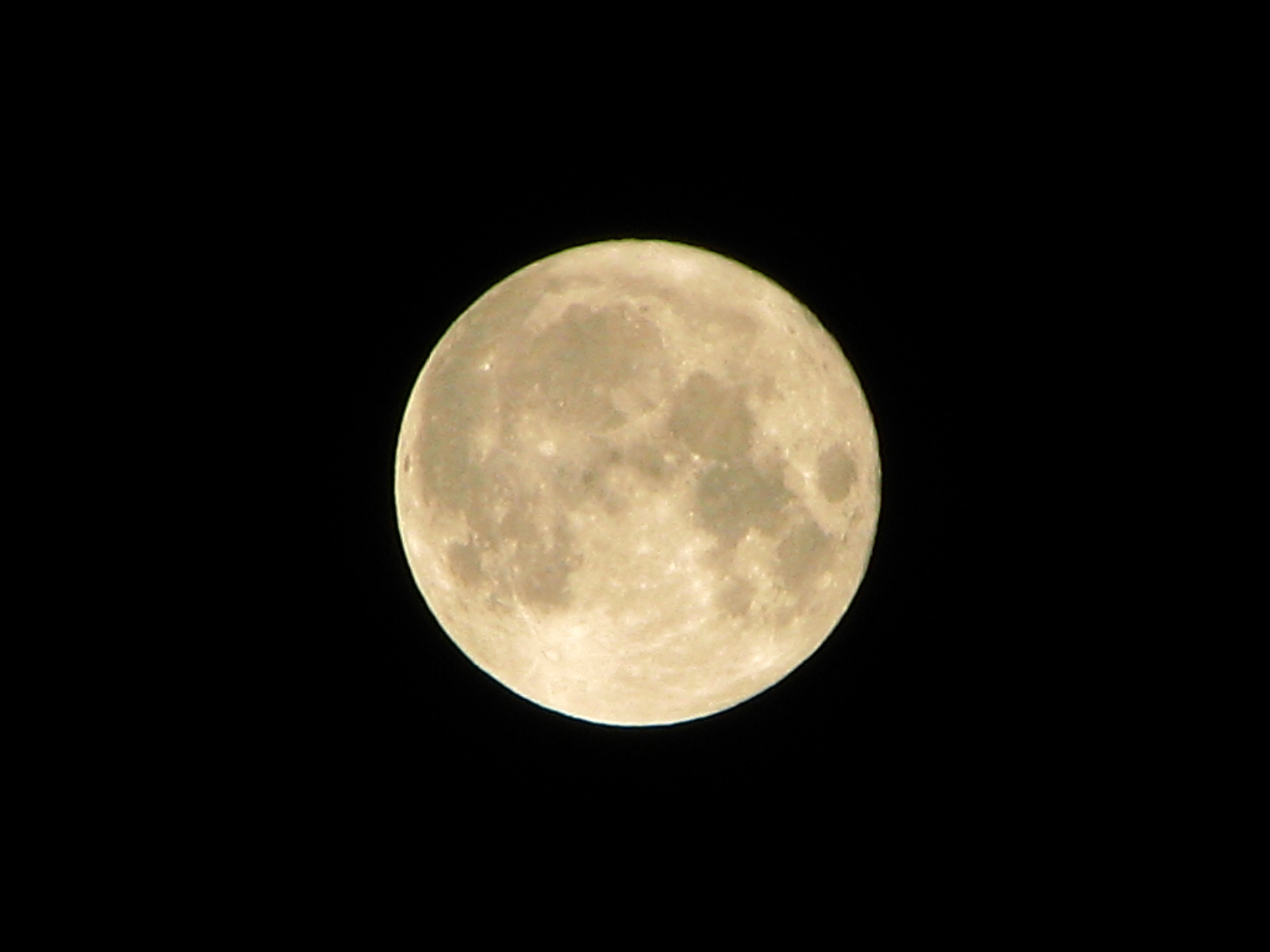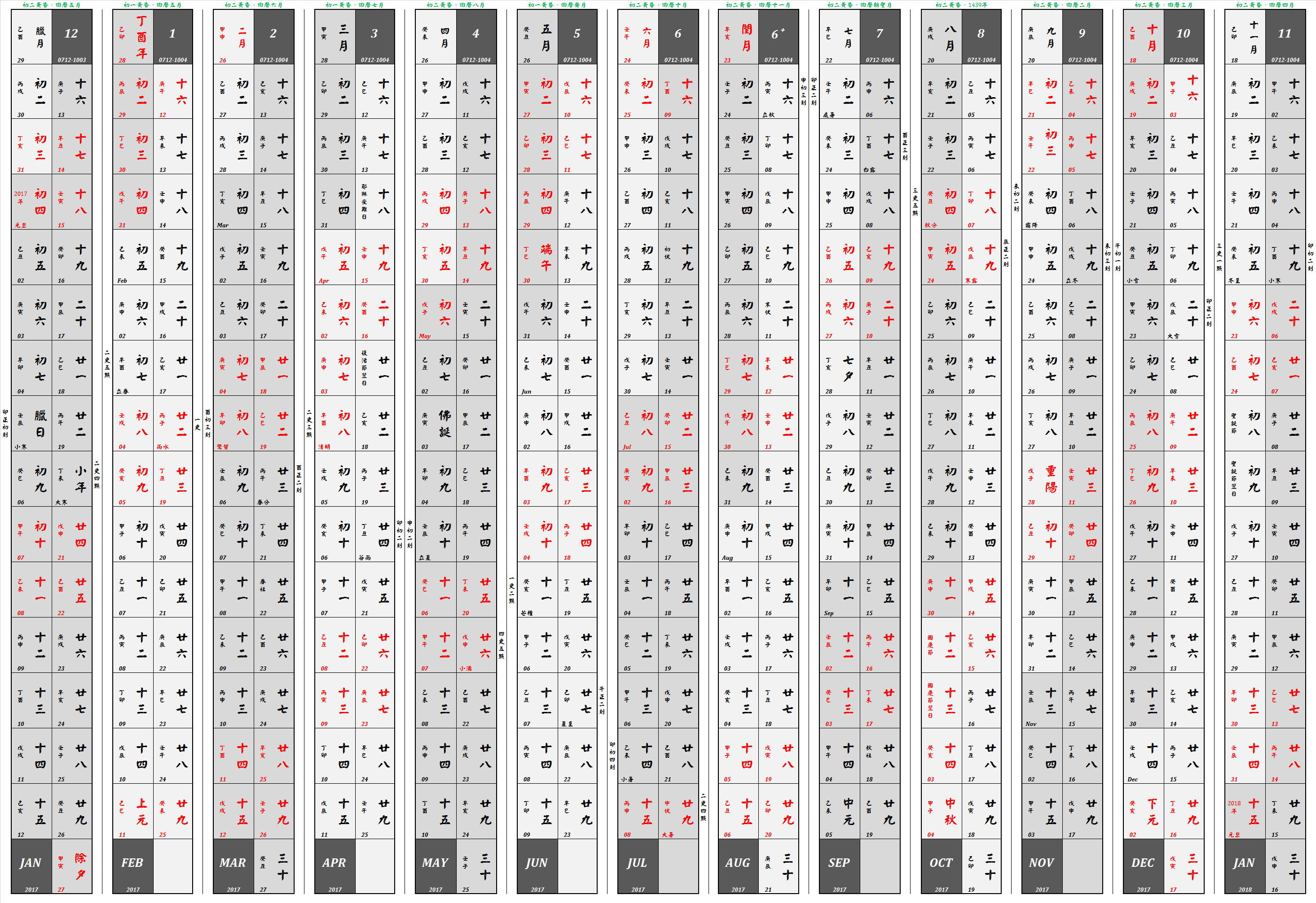|
Mongol Calendar
The term Mongolian calendar ( or ) refers to a number of different calendars, the oldest of which was a solar calendar. The beginning of the year was autumn. The year was divided into 4 seasons. The seasons begin at the equinoxes and the solstices of the sun. This calculation was changed in 1211, and the new year was celebrated in the spring. Spring began on March 22. In 1282, Kublai Khan revised the Chinese calendar and began to include his homeland Mongolia in this calendar. The traditional Mongol calendar is a lunisolar calendar based on system developed in 1747 by monk Ishbaljir (; 1704–1788). The Mongol year is composed of either 12 or 13 lunar months, each beginning and ending with a new moon. A thirteenth month is added every two or three years, so that an average year is equal to the solar year. The Mongol traditional new year celebration is Tsagaan Sar which is celebrated at the second new moon following the winter solstice. In 2022, the second new moon was on 1 ... [...More Info...] [...Related Items...] OR: [Wikipedia] [Google] [Baidu] |
Kublai Khan
Kublai Khan (23 September 1215 – 18 February 1294), also known by his temple name as the Emperor Shizu of Yuan and his regnal name Setsen Khan, was the founder and first emperor of the Mongol-led Yuan dynasty of China. He proclaimed the dynastic name "Great Yuan" in 1271, and ruled Yuan China until his death in 1294. Kublai was the second son of Tolui by his chief wife Sorghaghtani Beki, and a grandson of Genghis Khan. He was almost 12 when Genghis Khan died in 1227. He had succeeded his older brother Möngke as Khagan in 1260, but had to defeat his younger brother Ariq Böke in the Toluid Civil War lasting until 1264. This episode marked the beginning of the division of the Mongol Empire. Kublai's real power was limited to the Yuan Empire, even though as Khagan he still influenced the Ilkhanate and, to a significantly lesser degree, the Golden Horde. In 1271, Kublai established the Yuan dynasty and formally claimed orthodox succession from prior Chinese dynasties. ... [...More Info...] [...Related Items...] OR: [Wikipedia] [Google] [Baidu] |
Mongolian People's Republic
The Mongolian People's Republic (MPR) was a socialist state that existed from 1924 to 1992, located in the historical region of Outer Mongolia. Its independence was officially recognized by the Nationalist government of Republic of China (1912–1949), China in 1946. Until 1990, it was a one-party state ruled by the Mongolian People's Party, Mongolian People's Revolutionary Party, and maintained close political and economic ties with the Soviet Union, as part of the Eastern Bloc. Outer Mongolia Mongolian Revolution of 1911, gained independence from Qing dynasty, Qing China in 1911, and enjoyed brief autonomy before it was Occupation of Mongolia, occupied by the Beiyang government of China in 1919. After Mongolian Revolution of 1921, a Soviet-backed revolution in 1921, the Mongolian People's Republic was established in 1924. It was led from 1939 to 1952 by Khorloogiin Choibalsan, who carried out Stalinist repressions in Mongolia, Stalinist purges in the country, and from 1952 to 1 ... [...More Info...] [...Related Items...] OR: [Wikipedia] [Google] [Baidu] |
Public Holidays In Mongolia
The following are the public holidays in Mongolia and other special days. Public Holidays :1. Based on the non-Gregorian Mongolian calendar (''Bilgiin toolol'') Other special days and celebrations *Constitution Day (January 13) *Patriots' Day (March 1) * Mongolian military day (March 18) *Health Day (April 7) *Intellectual Property Day (April 26) *Family Day (May 15) *National literary culture and book days (Saturday and Sunday of third week of May and September) * State Flag Day (July 10) *Youth Day (August 25) *New harvest days (September 5 – October 20) *Repression Victims' Day (September 10) *Environment Safety Day (fourth week of September) *Elders' Day (October 1) *Capital City Day (October 29) *Democracy and Human Rights Day (December 10) Notes ReferencesMongolian Legal Info Network {{DEFAULTSORT:Public Holidays In Mongolia Mongolia Mongolia is a landlocked country in East Asia, bordered by Russia to the north and China to the south and southeast. It co ... [...More Info...] [...Related Items...] OR: [Wikipedia] [Google] [Baidu] |
Surya
Surya ( ; , ) is the Sun#Dalal, Dalal, p. 399 as well as the solar deity in Hinduism. He is traditionally one of the major five deities in the Smarta tradition, Smarta tradition, all of whom are considered as equivalent deities in the Panchayatana puja and a means to realise Brahman. Other names of Surya in ancient Indian literature include Āditya, Arka, Bhānu, Savitṛ, Pūṣan, Ravi, Mārtāṇḍa, Mitra, Bhāskara, Prabhākara, Kathiravan, and Vivasvat.#Dalal, Dalal, pp. 5, 311 The iconography of Surya is often depicted riding a chariot harnessed by horses, often seven in number which represent the seven colours of visible light, and the seven days of the week. During the medieval period, Surya was worshipped in tandem with Brahma during the day, Shiva at noon, and Vishnu in the evening. In some ancient texts and art, Surya is presented syncretically with Indra, Ganesha, and others. Surya as a deity is also found in the arts and literature of Buddhism and Jainism. Surya ... [...More Info...] [...Related Items...] OR: [Wikipedia] [Google] [Baidu] |
Shani
Shani (, ), or Shanaishchara (, ), is the divine personification of the planet Saturn in Hinduism, and is one of the nine heavenly objects ( Navagraha) in Hindu astrology. Shani is also a male Hindu deity in the Puranas, whose iconography consists of a figure with a dark complexion carrying a sword or danda (sceptre) and sitting on a buffalo or some times on a crow. He is the god of ''karma'', justice, time and retribution, and delivers results depending upon one's thoughts, speech, and deeds. Shani is the controller of longevity, misery, sorrow, old age, discipline, restriction, responsibility, delays, ambition, leadership, authority, humility, integrity, and wisdom born of experience. He also signifies spiritual asceticism, penance, discipline, and conscientious work. He is associated with two consorts: Neela, the personification of the gemstone sapphire, and Manda, a gandharva princess. Planet ''Shani'' as a planet appears in various Hindu astronomical texts in Sanskrit, ... [...More Info...] [...Related Items...] OR: [Wikipedia] [Google] [Baidu] |
Shukra
Shukra (, ) is a Sanskrit word that means "clear" or "bright". It also has other meanings, such as the name of a sage who was the preceptor of the asuras and taught them the Vedas. In medieval mythology and Hindu astrology, the word refers to the planet Venus, one of the Navagrahas. Hinduism In Hinduism, Shukra is one of the sons of Bhrigu, one of the Saptarshis. He was the guru of the asuras and is also referred to as Shukracharya or Asuracharya in various Hindu texts. In another account found in the ''Mahabharata'', Shukra divided himself into two, one half became the fount of knowledge for the devas (gods) and the other half became the knowledge source of the asuras (demons). Shukra, in the ''Puranas'', is blessed by Shiva with ''Sanjeevini Vidhya'' after performing ''tapas'' to propitiate Shiva. ''Sanjeevini Vidhya'' is the knowledge of raising the dead back to life, which he used from time to time to restore life to the asuras. Later, this knowledge was sought by the ... [...More Info...] [...Related Items...] OR: [Wikipedia] [Google] [Baidu] |
Brihaspati
Brihaspati (, ), is a Hindu god. In the ancient Vedic scriptures, Brihaspati is associated with fire, and the word also refers to a god who counsels the devas and devis (gods and goddesses). In some later texts, the word refers to the largest planet of the Solar System, Jupiter, and the deity is associated with the planet as a Navagraha. Sage Brihaspati appears in the Rigveda (pre-1000 BCE), such as in the dedications to him in the hymn 50 of Book 4; he is described as a sage born from the first great light, the one who drove away darkness, is bright and pure, and carries a special bow whose string is '' Rta'' or "cosmic order" (basis of dharma). His knowledge and character is revered, and he is considered Guru (teacher) by all the Devas. In the Vedic literature and other ancient texts, sage Brihaspati is also called by other names such as Bramanaspati, Purohita, Angirasa (son of Angiras) and Vyasa; he is sometimes identified with god Agni (fire). His wife is Tara (or g ... [...More Info...] [...Related Items...] OR: [Wikipedia] [Google] [Baidu] |
Budha
Budha () is the Sanskrit word for the planet Mercury (planet), Mercury, personified as a god. Also a god who represented the intelligence. He is also known as Somaya, Rohinaya, and rules over the nakshatra, ''nakshatra''s (lunar mansions) of Ashlesha (nakshatra), Ashlesha, Jyeshtha (nakshatra), Jyeshtha, and Revati (nakshatra), Revati. Planet Budha is the planet that appears in various Hindu astronomical texts in Sanskrit, such as the 5th century CE ''Aryabhatiya'' by Aryabhatta, the 6th century CE ''Romaka'' by Latadeva and ''Panca Siddhantika'' by Varahamihira, the 7th century CE ''Khandakhadyaka'' by Brahmagupta, and the 8th century CE ''Sisyadhivrddida'' by Lalla. These texts present Budha as one of the planets and find the characteristics of the respective planetary motions. Other texts such as ''Surya Siddhanta'' dated to have been complete sometime between the 5th century CE and 10th century CE present their chapters on various planets with the mythologies of t ... [...More Info...] [...Related Items...] OR: [Wikipedia] [Google] [Baidu] |
Mangala
Mangala (, IAST: ) is the personification, as well as the name for the planet Mars, in Hindu literature. Also known as Lohita (), he is the deity of anger, aggression, as well as war. According to Vaishnavism, he is the son of Bhumi, the earth goddess, and Vishnu, born when the latter raised her from the depths of the primordial waters in his Varaha avatar. According to Shaivism, he was born from the god Shiva through a drop of his blood or sweat. Nomenclature Mars (Mangala) is also called: * Raktavarna (रक्तवर्ण) - whose color is like blood. * Bhauma (भौम) - son of Bhumi. * Lohitānga (लोहिताङ्ग) - red bodied (Loha also means Iron, so could also mean Iron Bodied). * Kuja (कुज) - he who is born from Earth. * Bha (भ) - shining. * Dharāputra (धरापुत्र) - son of Dharā. Iconography He is painted red or flame colour, four-armed, carrying a trident (), mace (), lotus (), and a spear (). His mount () is a ram. He ... [...More Info...] [...Related Items...] OR: [Wikipedia] [Google] [Baidu] |
Chandra
Chandra (), also known as Soma (), is the Hindu god of the Moon, and is associated with the night, plants and vegetation. He is one of the Navagraha (nine planets of Hinduism) and Dikpala (guardians of the directions). Etymology and other names The word "Chandra" literally means "bright, shining or glittering" and is used for the "Moon" in Sanskrit and other Indo-Aryan languages.''Graha Sutras'' by Ernst Wilhelm, published by Kala Occult Publishers p. 51 It is also the name of various other figures in Hindu mythology, including an asura and a Suryavamsha king. It is also a common Indian name and surname. Both male and female name variations exist in many South Asian languages that originate from Sanskrit. Some of the synonyms of Chandra include ''Soma'' (distill), ''Indu'' (bright drop), ''Atrisuta'' (son of Atri), ''Shashin'' or ''Shachin'' (marked by hare), ''Taradhipa'' (lord of stars) and ''Nishakara'' (the night maker), ''Nakshatrapati'' (lord of the Nakshatra), '' ... [...More Info...] [...Related Items...] OR: [Wikipedia] [Google] [Baidu] |
Mongolian Script
The traditional Mongolian script, also known as the Hudum Mongol bichig, was the first Mongolian alphabet, writing system created specifically for the Mongolian language, and was the most widespread until the introduction of Cyrillic script, Cyrillic in 1946. It is traditionally written in vertical lines from top to bottom, flowing in lines from left to right . Derived from the Old Uyghur alphabet, it is a true alphabet, with separate letters for consonants and vowels. It has been adapted for such languages as Oirat language, Oirat and Manchu language, Manchu. Alphabets based on this classical vertical script continue to be used in Mongolia and Inner Mongolia to write Mongolian, Xibe language, Xibe and, experimentally, Evenki language, Evenki. Computer operating systems have been slow to adopt support for the Mongolian script; almost all have incomplete support or other text rendering difficulties. History The Mongolian vertical script developed as an adaptation of the Old U ... [...More Info...] [...Related Items...] OR: [Wikipedia] [Google] [Baidu] |
Chinese Calendar
The traditional Chinese calendar, dating back to the Han dynasty, is a lunisolar calendar that blends solar, lunar, and other cycles for social and agricultural purposes. While modern China primarily uses the Gregorian calendar for official purposes, the traditional calendar remains culturally significant. It determines the timing of Chinese New Year with traditions like the twelve animals of the Chinese zodiac, Chinese Zodiac still widely observed. The traditional Chinese calendar uses the Sexagenary cycle, sexagenary cycle, a repeating system of Heavenly Stems and Earthly Branches, to mark years, months, and days. This system, along with astronomical observations and mathematical calculations, was developed to align solar and lunar cycles, though some approximations are necessary due to the natural differences between these cycles. Over centuries, the calendar was refined through advancements in astronomy and horology, with dynasties introducing variations to improve accu ... [...More Info...] [...Related Items...] OR: [Wikipedia] [Google] [Baidu] |








